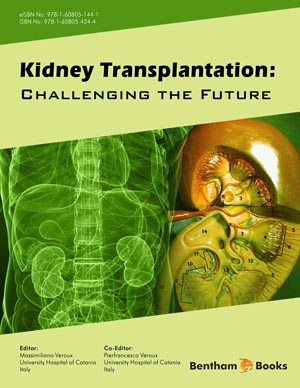Abstract
Diabetic glomerular disease is the leading cause of chronic kidney disease in the United States. Renin-angiotensin-aldosterone system (RAAS) activation pays a major role in the development of diabetic kidney disease. Microalbuminuria predicts the development of proteinuria and chronic kidney disease in diabetic patients. RAAS blockers are the first line of therapy for diabetic patients with hypertension. They are also used to treat microalbuminuria even in normotensive diabetics. Head to head trials have shown that angiotensin converting enzyme inhibitors (ACE-I) and angiotensin receptor blockers (ARB) have an equal effect in reducing blood pressure and microalbuminuria in diabetic patients. Direct renin inhibitors are the newest addition to RAAS blockers that block the rate-limiting step in the RAAS pathway. Dual blockage with ACE-Is and ARBs are not recommended. While there is better blood pressure reduction with the combination, there are no further beneficial effects on microalbuminuria and an increased incidence of hypotension, hyperkalemia, syncope and renal dysfunction. The progression of microalbuminuria to proteinuria has decreased significantly in the last 20 years as a result of better blood sugar and blood pressure control and the use of RAAS blockers.
Keywords: Aldosterone, Angiotensin II, Angiotensin II receptor blockers, Angiotensin converting enzyme inhibitor, Angiotensin type 1 and 2 receptors, Cardiorenal syndrome, Chronic kidney disease, Micro-albuminuria, Macroalbuminuria, Pro-inflammatory, Pro-fibrotic, Renin.












.jpg)